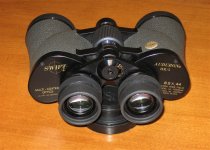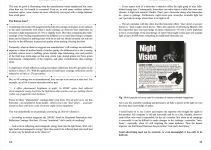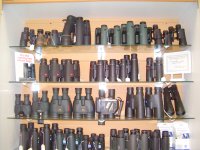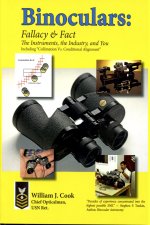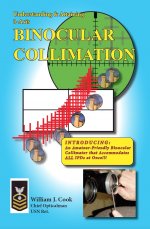Yes, I know, the gazillionth question about Swift Audubons. I guess this is what happens with mythical creatures, they generate so much expectation (bear in mind I've read the guide by @elkcub and @Renze de Vries as well as many other threads, so I'm not 100 % new to the different iterations of the 804, just don't know what is it like to look through one).
As a porro-lover I've been interested in the Swift Audubon for quite a while: porro, wide FOV, bright image, lovely ergonomics (i. e. "there's a lot of meat to hold on to"), what's not to like. However, over the years I've bought many binoculars, some of them classic porro devices, and sometimes the pure optical performance (nostalgia aside) has been quite disappointing, hence my question. I remember a very nice Jenoptem in great condition I bought... and my amazement when I tried a 100 € Kowa YF that I found offered simply a more pleasing view (yes, you can burn me in a bonfire now).
I'm contemplating the purchase of a unit from 1991 in very good condition, exactly the same model (american model with thin blue objective rings just like the one posted by @downunder a while ago here. He was pretty impressed with the performance (and he mentioned having both a Nikon EII and a Habicht, so really good benchmarks). I too own a 2018 Nikon EII 8x30 and had a 2018 Habicht 8x30 in the past, so I think I can have common points of reference.
Coming back to the title of this thread. For those of you who have used the mentioned version of the Audubon: if you had to compare it to other binocular in similar/matching performance, what would that be. As I mentioned previously, I have an EII (of the latest version) and have had many other binoculars (several Vixen Ultima porro, which I think are related to the Swift Ultralite, several Vixen Foresta porro, the acclaimed 7x50 and the lovely 8x32, several Minolta Classic, MK, Swift Sea Wolf, Fujinon FMTSX, etc.), so there's a good chance I can have an idea of what other binoculars could come close. I'm a bit concerned about the lack of FMC (although I've read many threads here on BF and also on CN some stating that the difference is not that huge). Currently I mainly use contemporary optics, which I assume are all FMC (Swaro ELSV, Zeiss FL, Nikon EII, etc.), so I'm wary of an underwhelming performance. However, the 7x50 Vixen Ultima porro I use every day from my window is simply adorable, I'm not sure if it has more advanced coatings and perfromance than a 1991 Audubon.
Thanks for reading this far and for any comment regarding the optical performance of these classics.
As a porro-lover I've been interested in the Swift Audubon for quite a while: porro, wide FOV, bright image, lovely ergonomics (i. e. "there's a lot of meat to hold on to"), what's not to like. However, over the years I've bought many binoculars, some of them classic porro devices, and sometimes the pure optical performance (nostalgia aside) has been quite disappointing, hence my question. I remember a very nice Jenoptem in great condition I bought... and my amazement when I tried a 100 € Kowa YF that I found offered simply a more pleasing view (yes, you can burn me in a bonfire now).
I'm contemplating the purchase of a unit from 1991 in very good condition, exactly the same model (american model with thin blue objective rings just like the one posted by @downunder a while ago here. He was pretty impressed with the performance (and he mentioned having both a Nikon EII and a Habicht, so really good benchmarks). I too own a 2018 Nikon EII 8x30 and had a 2018 Habicht 8x30 in the past, so I think I can have common points of reference.
Coming back to the title of this thread. For those of you who have used the mentioned version of the Audubon: if you had to compare it to other binocular in similar/matching performance, what would that be. As I mentioned previously, I have an EII (of the latest version) and have had many other binoculars (several Vixen Ultima porro, which I think are related to the Swift Ultralite, several Vixen Foresta porro, the acclaimed 7x50 and the lovely 8x32, several Minolta Classic, MK, Swift Sea Wolf, Fujinon FMTSX, etc.), so there's a good chance I can have an idea of what other binoculars could come close. I'm a bit concerned about the lack of FMC (although I've read many threads here on BF and also on CN some stating that the difference is not that huge). Currently I mainly use contemporary optics, which I assume are all FMC (Swaro ELSV, Zeiss FL, Nikon EII, etc.), so I'm wary of an underwhelming performance. However, the 7x50 Vixen Ultima porro I use every day from my window is simply adorable, I'm not sure if it has more advanced coatings and perfromance than a 1991 Audubon.
Thanks for reading this far and for any comment regarding the optical performance of these classics.
Last edited:




